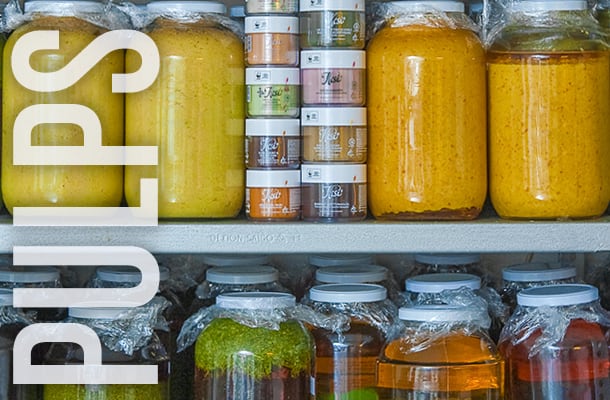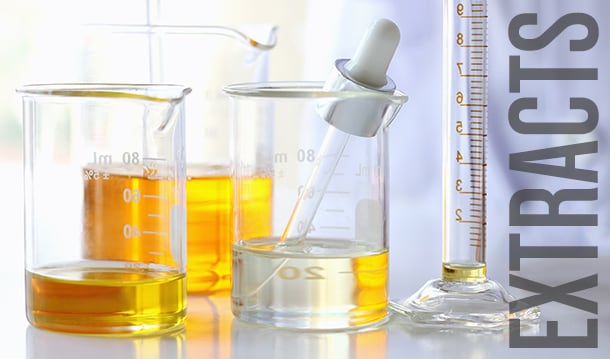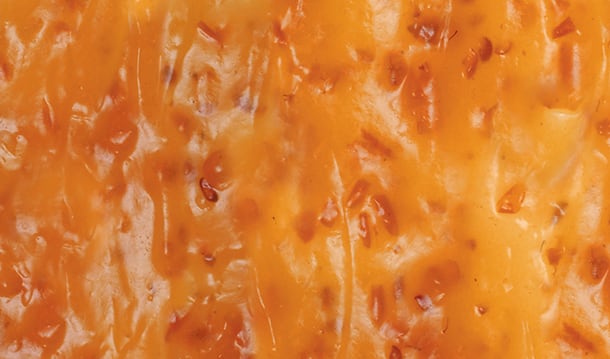About The Skin Care Line at VIDA
January 27, 2022Since Vida Organic Wellness opened, over 13 years ago, we have always been an organic + vegan Boutique Spa. People would often ask us “what does it mean to be an organic spa…?” and “isn’t vegan just a type of diet?”. We are happy that over the last decade people have learned so much! So clearly, for us, the importance of selecting the perfect match for our Skin Care Therapies we were beyond happy to have found Ilike Organic Skin Care.
We wanted to share the information they so beautifully and thoroughly have put together which will explain to all of you why they have been our Skin Care Line of choice when they are so many out there!
We have proudly been working with them since we opened… Below you will lear not only why but also the difference between REAL pulp versus just extracts ingredients in skin care products.

Herbal extracts are the most common form of herbal ingredients found in other skin care products on retail shelves as well as in professional spa and salon products. The reasons herbal extracts are chosen over pulps are numerous including long shelf life as a result of the process in which they are created and numerous year round wholesale sources that include the option to purchase over the internet. What it really boils down to is convenience and cost. The process of growing, selecting, converting and storing herbal pulp is much less common because it is more time consuming, requires more attention to caring for the base ingredients and requires a lengthier process prior to the creation of the final herbal product. But the time and expense are worth it as you will discover.
The products of ilike organic skin care contain whole fruit and herb pulps as primary active ingredients rather than herbal extracts.
The importance of using real whole pulps versus extracts can only be explained by looking at the different processes and results of creating each.
Hidden Ingredients
Herbal extracts are liquid solutions composed of herbal liquids and a solvent. The most common solvents for cosmetic extracts are alcohols and sometimes alcohol-water mix. Dried or fresh herbs are usually combined with alcohol, and then the solid matter is removed leaving only the oils and juices of the herbs mixed with the alcohol. This process is called extraction, hence the name, herbal extract. For example an extract made from cranberry and alcohol would be called “cranberry extract”.
Herbal extracts are processed based on a fixed ratio of solvent to herbal material used to create the finished product. This ratio is printed on the label of the extract but not on the label of the end product. Typically extracts made from dried material require more solvent than plant material, with a common ratio being 1:4 (often referred as “dry herb strength”); extracts made from fresh plant material use equal parts of plant material with equal parts solvent, which results in a 1:1 ratio. An example would be Rosehip extract with a ratio of 1:4. This tells us that 1 part of Rosehip was used with 4 parts of alcohol, or occasionally alcohol-water mix, to produce the extract.
The most common method for extracting the liquid of plant cells is compressing the herbs via a crushing process to rupture the cell walls – typically with a hydraulic press- while soaking them in alcohol. The solvent extraction dilutes and thus leaches out the contained liquid. The resulting liquid is a “concentrated” herbal extract, often referred to as a “tincture”.
The end product that lists an herbal extract as an ingredient often contains alcohol and usually there is less herbal content compared to products using herbal pulps as primary active ingredients.
The shelf life of herbal extracts is generally 1.5-3 years due to preservatives and stabilizers that are added to the liquid obtained via the extraction process during the final step in their production.
Traceability of Herbs?
ilike organic skin care products are grown on certified organic farms
If a product manufacturer purchases extracts for use in their products, usually they loose the traceability of the geographic source of the herbs. In some cases even confirmation of the base herbal ingredient itself is not possible.
All of the herbal ingredients in ilike organic skin care products are either grown on certified organic farms or in the rural woods and fields of Hungary.
They are hand picked and hand selected by associates of the manufacturer.
Lost Ingredients of extracts
Regardless of the fruit, vegetable or herb, the most diverse and intact collection of nutrients comes through the whole herb! Focusing on two key components of fruits, vegetables and herbs – the pulp and the skin – will help to clarify why there is such a difference between using extracts and the whole herb.
ilike pulpLet’s take the example of fruit juices. Research has proven that drinking apple juice with pulp (such as apple cider) is better for the health than clear apple juice which has had the pulp stripped away. For example, researchers at the Agricultural University of Wroclaw, Poland, found that apple juice containing lots of fruit pulp contains four times as much of the beneficial substances as non-pulp juice. But what exactly are these beneficial substances?
Fruits, vegetables and herbs contain polyphenols. Polyphenols are a group of chemical substances found in plants that are generally further subdivided into tannins and phenylpropanoids, such as lignins and flavonoids. Polyphenols are also antioxidants that help absorb chemicals known to damage cells in the body, therefore inhibiting the aging process.
Researches have shown that Polyphenols may also reduce the risk of some cancers as well as heart disease and other cardiovascular diseases. Higher levels of polyphenols are found in organic produce as well as in fruit pulps rather than in juices.
Another common example of using fruit pulps is the orange pulp. The white pulpy part of the orange is the primary source of its flavonoids. The juicy orange colored sections contain most of its vitamin C. In the cells of the human body, flavonoids and vitamin C often work together, and support health through their interaction. When the pulpy white part of the orange is removed during the extraction process, the flavonoids of the orange are lost. The retention of the flavonoids is one of the many reasons for using the whole orange pulps in our products.
The edible skin of many of the world’s most beneficial fruits and herbs – including grapes, apples, blackthorn (wild plum), peaches and apricots just to name a few – are all sites of important biological activity in the life of the herb. The surface of an herb’s skin interacts with sunlight, and forms a variety of colored pigments that absorb different wavelengths of light. Thorough research has proven that these pigments – including carotinoids and bioflavonoids – are nutrients that protect the health of and provide nourishment to the skin. The skin of whole fruits like grapes has actually been studied for their ability to help lower the risk of cancer and help provide protection from ultraviolet light.
Unfortunately, with an herbal extract we don’t get to experience and enjoy the effects of the skin of the herb, because that is removed during the process, as are the pulps, thus not allowing the full benefit of the herb to be included in the extract.
In ilike organic skin care products we often use the skin of the herbs in addition to the pulp in order to deliver the full benefits of the herbal ingredients which leads to much more natural and effective products and superior skin care results.
Our People
We value our people as much as our products. Our manufacturer in Hungary follows fair labor practices, pays wages well above the average rate for skilled labor, provides numerous employee benefits including a cafeteria serving free meals, and holds quarterly meetings with staff to provide workplace feedback.